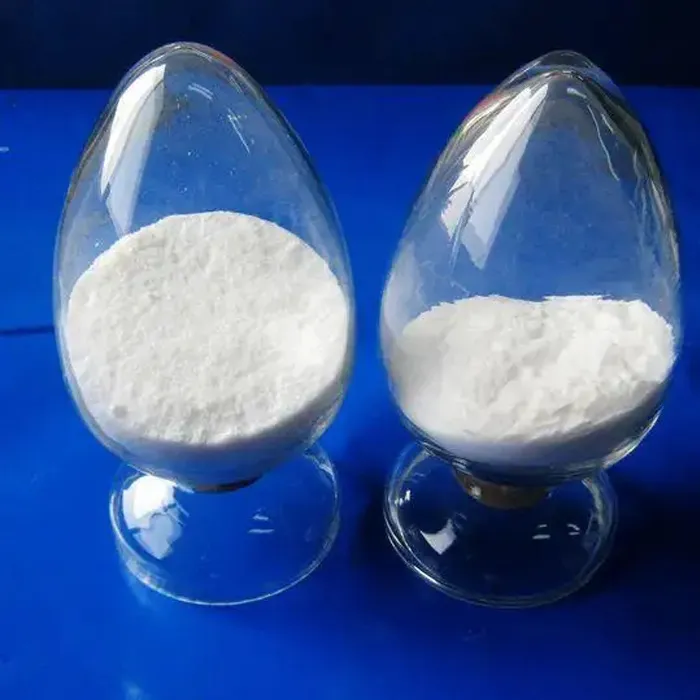Understanding Anionic Polyacrylamide Flocculant Applications and Benefits
Anionic polyacrylamide flocculant (APAM) is a high molecular weight polymer widely utilized in various industries due to its excellent coagulation and flocculation properties. As a water-soluble polymer, APAM plays a significant role in water treatment processes, environmental applications, and even in agricultural practices. This article delves into the characteristics, applications, and benefits of anionic polyacrylamide flocculant.
What is Anionic Polyacrylamide?
Anionic polyacrylamide is synthesized from acrylamide monomers and acrylic acid, producing a polymer with a negative charge. This unique charge property allows APAM to effectively interact with positively charged particles in water, facilitating the aggregation of suspended solids and impurities. The resulting flocculation leads to improved sedimentation and clarification processes.
Applications of Anionic Polyacrylamide
APAM is extensively applied in several sectors, including
1. Water Treatment The primary application of anionic polyacrylamide is in wastewater treatment. It helps in the removal of suspended solids, organic matter, and colloids from water, enhancing the overall purification process. APAM is particularly beneficial in municipal wastewater treatment facilities, where it aids in the clarification of effluent before discharge.
2. Mining Industry In mining operations, APAM is used to optimize the separation of minerals from ores. It helps in the flocculation of fine particles, leading to improved recovery rates of valuable minerals. Additionally, it mitigates the environmental impact of mining by ensuring that tailings are more effectively managed and processed.
3. Paper and Pulp Industry Anionic polyacrylamide is utilized in the paper manufacturing process to increase the retention of fiber and fillers, thus enhancing the quality of paper products. Its addition results in better drainage, improved strength properties, and reduced production costs.
4. Agriculture In agricultural applications, APAM is used to improve soil structure and enhance water retention. It aids in the formation of stable aggregates in the soil, which can lead to better moisture management and nutrient availability for crops. Additionally, APAM can be used in irrigation systems to reduce soil erosion and runoff.
anionic polyacrylamide flocculant

5. Oil and Gas Industry APAM is employed in enhanced oil recovery (EOR) processes to improve the viscosity of water used in oil extraction. This polymer helps in mobilizing trapped oil within reservoirs, thereby increasing the overall yield of oil fields.
Benefits of Using Anionic Polyacrylamide
The use of anionic polyacrylamide flocculant brings about numerous advantages
- Efficiency APAM significantly enhances the efficiency of solid-liquid separation processes. By promoting floc formation, it speeds up sedimentation and reduces the time required for clarification.
- Cost-Effective The use of APAM can lower operational costs in water treatment and processing industries by minimizing the need for extensive chemical additives and reducing energy consumption.
- Environmental Friendliness APAM is considered environmentally benign when used appropriately. It does not introduce harmful substances into treated water, making it a safer option for water purification and agricultural practices.
- Versatility With its wide range of applications across diverse industries, anionic polyacrylamide has proven to be a versatile agent, capable of addressing various flocculation and sedimentation challenges.
Conclusion
In conclusion, anionic polyacrylamide flocculant stands out as a crucial component in numerous industrial applications. Its ability to facilitate efficient water treatment, enhance mineral recovery, and improve agricultural practices underscores its importance across multiple sectors. As industries continue to seek sustainable and effective solutions for water management and processing challenges, APAM remains a pivotal player in achieving these goals. With ongoing advancements in polymer technology, the potential applications and benefits of anionic polyacrylamide are likely to expand, further solidifying its role in modern industry.

